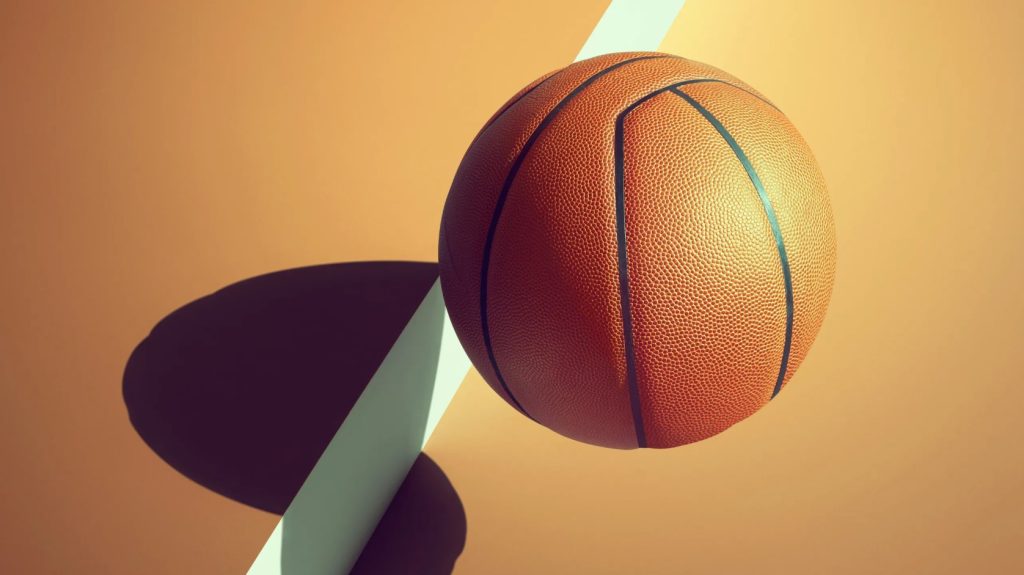How to Overcome Barriers in Playing Basketball: Strategies for Success
Barriers : Basketball is an exciting, fast-paced sport that blends physical ability, mental resilience, and teamwork. However, many aspiring players—whether beginners or even seasoned athletes—encounter challenges that can slow or stall their progress. These barriers, if not recognized and addressed, can affect confidence, performance, and growth.
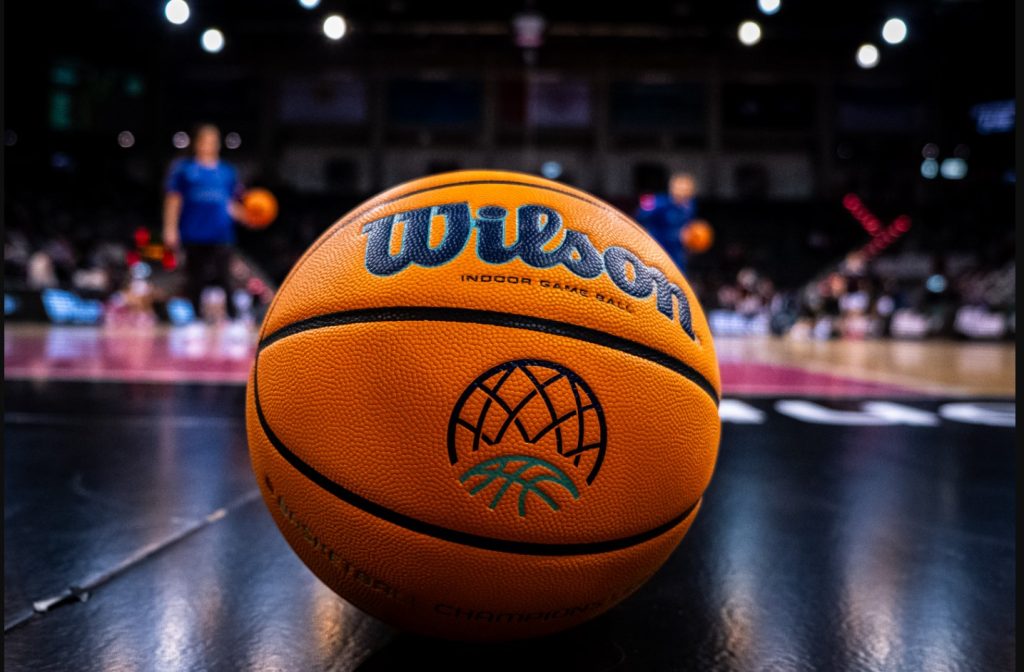
Table of Contents
In this comprehensive guide, we’ll explore the common barriers players face and offer effective strategies to overcome them, so you can unlock your full potential on the court.
Common Barriers in Playing Basketball
Types of Barriers in Basketball
| Barrier Type | Description | Example |
|---|---|---|
| Physical | Related to body fitness, injury, stamina, or agility | Weak endurance, frequent injuries |
| Psychological | Mental blocks, fear of failure, anxiety, lack of confidence | Nervous before games, fear of shooting |
| Technical | Skill-based issues or fundamental deficiencies | Poor dribbling, weak shooting mechanics |
| Social | Team dynamics, peer pressure, lack of support | Conflict with teammates, discouraging environment |
| Logistical | Access to training, facilities, or equipment | No court nearby, lack of good coaching |
Psychological Barriers and Solutions
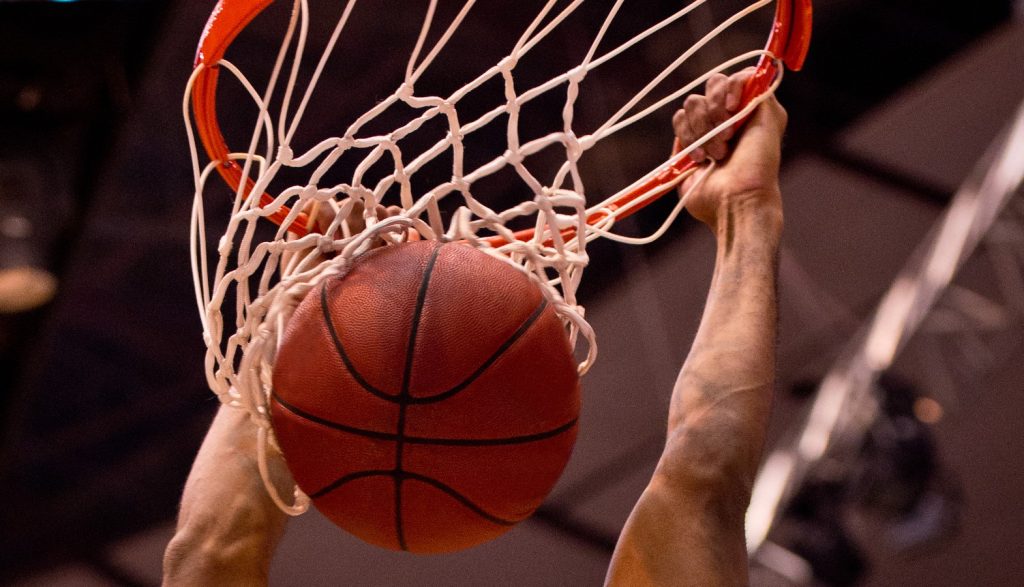
Mental roadblocks can be the hardest to identify, but they deeply affect how a player performs under pressure.
Overcoming Psychological Barriers
| Barrier | Strategy for Success |
|---|---|
| Performance anxiety | Practice breathing techniques, visualization, mindfulness |
| Fear of failure | Focus on effort over outcome, embrace mistakes as learning |
| Lack of confidence | Set small goals, track progress, use positive self-talk |
| Poor focus | Develop pre-game routines, eliminate distractions |
Example: If a player is afraid to take shots because they fear missing, coaches should encourage shot attempts in practice without consequences, building confidence through repetition.
Physical Barriers and Solutions
Overcoming Physical Barriers
| Barrier | Solution |
|---|---|
| Low stamina | Introduce interval training, aerobic conditioning |
| Weak upper body | Add strength training (push-ups, resistance bands) |
| Poor footwork | Use ladder drills and cone exercises |
| Recurring injuries | Get proper recovery time, use physiotherapy |
Tip: A customized fitness plan that includes strength, cardio, flexibility, and mobility exercises is ideal for basketball athletes at any level.
Technical Barriers and Skill Development
Even talented athletes need solid fundamentals to thrive. Technical flaws often limit a player’s effectiveness in competitive games.
Common Technical Weaknesses and Fixes
| Skill Area | Common Issue | Suggested Drill or Strategy |
|---|---|---|
| Shooting | Inconsistent form | B.E.E.F. method (Balance, Eyes, Elbow, Follow-through) |
| Dribbling | Poor control, one-hand dominant | Two-ball dribbling, cone drills |
| Passing | Weak accuracy | Wall passing, partner drills |
| Defense | Slow reaction | Closeout drills, foot shuffle exercises |
Coaching Note: Drills must be progressive. Start slow, master form, then increase speed and intensity.
Social and Team Barriers
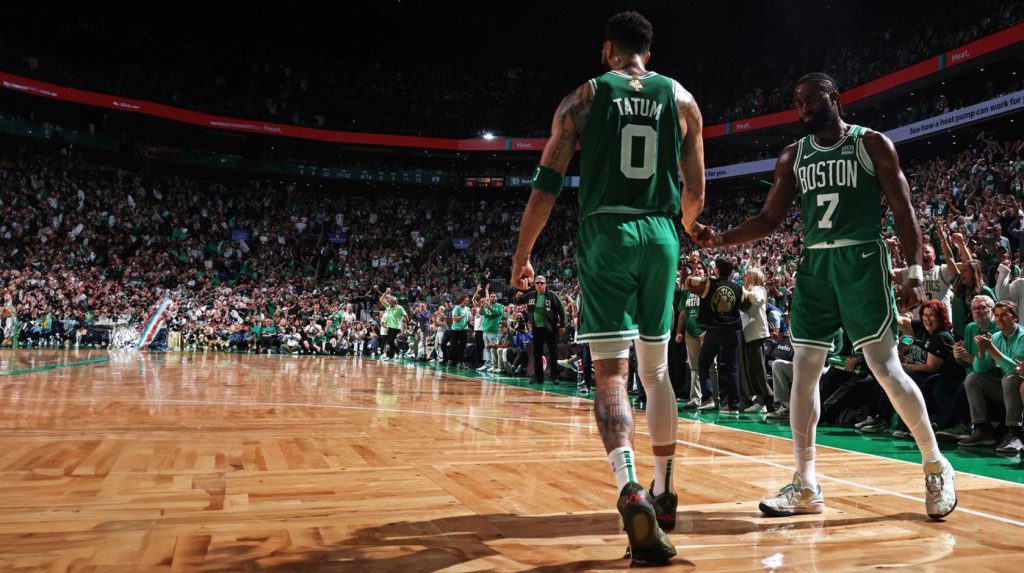
Overcoming Social Barriers
| Barrier | Strategy |
|---|---|
| Poor team chemistry | Organize team-building activities |
| Bullying or criticism | Establish a no-tolerance policy, include mentorship roles |
| Lack of communication | Practice “call-out” drills, encourage feedback |
| Feeling excluded | Rotate playing roles, ensure inclusive team management |
Example: Coaches should mix practice groups and lineups often so that no player feels like an outsider, helping to build cohesion.
Logistical Barriers and Accessibility
Sometimes the biggest hurdle is just getting access to the tools and resources needed to play and improve.
Overcoming Logistical Barriers
| Barrier | Possible Solutions |
|---|---|
| No court nearby | Use public parks, schools, or portable hoops |
| Lack of equipment | Organize donations, use minimal-equipment training |
| Inadequate coaching | Use online resources, attend local clinics |
| Time management | Create a weekly schedule, prioritize physical activity |
Tech Tip: There are dozens of free online basketball tutorials (YouTube, apps like HomeCourt) that offer skill drills, workouts, and virtual coaching.
General Success Strategies for All Barriers
Regardless of the specific type of barrier, certain strategies apply universally.
1. Set SMART Goals
Set Specific, Measurable, Achievable, Relevant, and Time-bound goals. Instead of “get better at basketball,” try “increase shooting percentage by 10% in 2 months.”
2. Keep a Progress Journal
Record practices, performance stats, and reflections after games. This builds awareness and helps track improvement.
3. Seek Mentorship
A mentor or coach can guide you, provide feedback, and keep you motivated through setbacks.
4. Use Visualization Techniques
Many pro players use mental rehearsal. Imagine successful plays, game scenarios, and responses to pressure. This improves performance without physical repetition.
Real-Life Case Study: From Struggle to Starter
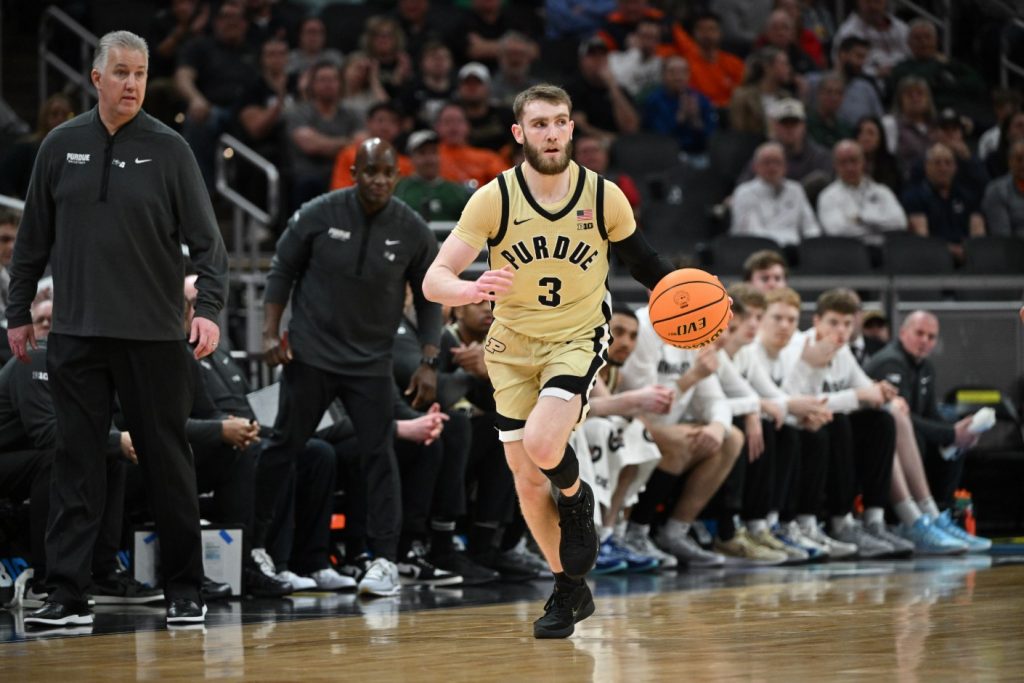
Case: Sarah, a high school player, struggled with fitness and confidence. She often hesitated to shoot and tired quickly in games.
Steps Taken:
- She began running 3 times a week and used a free fitness app for HIIT workouts.
- Practiced form shooting 50 shots a day using the B.E.E.F. method.
- Kept a journal to record her practice hours and track confidence levels.
- Her coach paired her with a senior teammate for 1-on-1 feedback.
Result: Within 3 months, Sarah became a regular starter and improved her scoring average by 40%.
Summary Table: Barrier-to-Solution Map
| Barrier Type | Example Issue | Key Strategy |
|---|---|---|
| Physical | Low stamina | Cardio + interval training |
| Psychological | Fear of shooting | Visualization, positive self-talk |
| Technical | Weak dribbling | Skill drills, slow to fast training |
| Social | Feeling isolated | Team-building, inclusive drills |
| Logistical | No nearby court | Portable hoop, public park usage |
Overcoming barriers in basketball isn’t just about hard training—it’s about smart training, mental resilience, teamwork, and accessibility. Whether you’re just starting out or aiming to elevate your game, understanding what’s holding you back and applying targeted strategies will transform your playing experience.
Basketball teaches more than scoring points; it teaches how to persist, adjust, and thrive through challenges.
